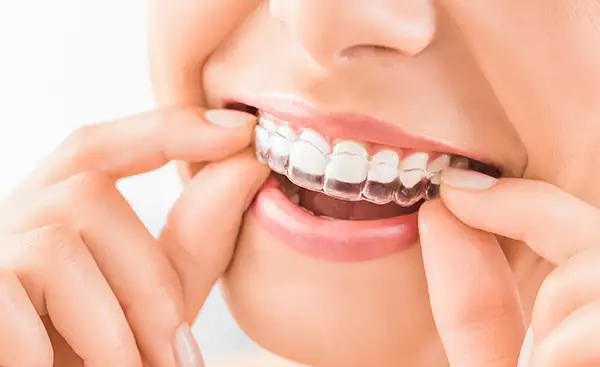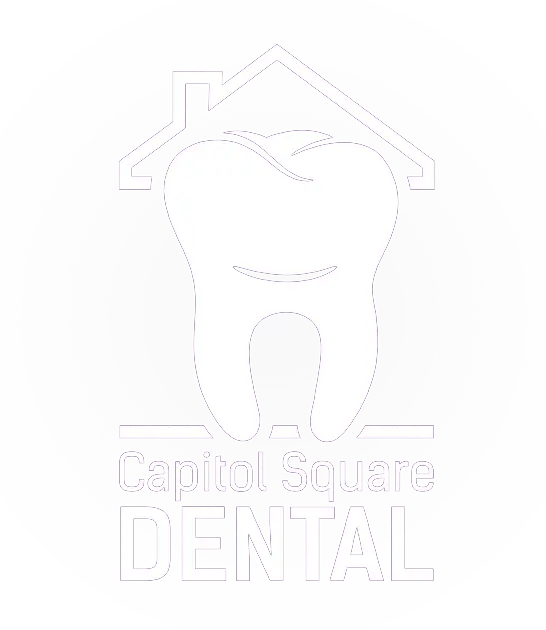Invisalign When teeth are set in a crooked way, it affects how we talk, our bite, and our smile. People with crooked teeth are always conscious of their smiles in public spaces. Traditionally, the use of braces is employed, but with the improvement of cosmetic dentistry, Invisalign is now an easier method of straightening teeth. Here at Capitol Square Dental, we use the Invisalign technology to help our patients achieve the perfect smile that they have always longed for. When teeth are set in a crooked way, it affects how we talk, our bite, and our smile. People with crooked teeth are always conscious of their smiles in public spaces. Traditionally, the use of braces is employed, but with the improvement of cosmetic dentistry, Invisalign is now an easier method of straightening teeth. Here at Capitol Square Dental, we use the Invisalign technology to help our patients achieve the perfect smile that they have always longed for.What Is an Invisalign Clear Aligner?Invisalign is an orthodontic appliance used to treat patients with misaligned teeth. With the Invisalign device, the crooked teeth are slowly moved into the right alignment. It is a set of transparent plastic trays that fit closely on the teeth, applying pressure to move the teeth into shape. When placed, the Invisalign is almost invisible to other people. Only the patient using it and we would know that the device is there. It is worn for a recommended period of time to straighten the teeth and then taken off once the desired result is achieved, leaving you with the perfect smile you need. Who Is Invisalign For?Patients who have many misaligned teeth or want to get their teeth straightened are candidates for an Invisalign treatment. Invisalign is also used to treat patients who have open bites. These patients have teeth that cannot reach the corresponding teeth on the opposite jaw. When patients have open bites, it always affects their speech and also their chewing or cutting abilities. Patients who are also reducing the number of teeth in their mouth due to overcrowding may also need Invisalign to align the remaining teeth. Patients with crossbites, overbites, and underbites which are situations where a tooth reaches further than the opposing tooth may also get Invisalign treatments. How Does Invisalign Work?Getting an Invisalign treatment starts with an appointment with our professionals. Here, we will examine and evaluate the condition of your teeth and your smile to determine if you can get the treatment immediately. Otherwise, we would let you know if a minor procedure is required before the Invisalign placement. If you are good to go, then we would create digital impressions of your teeth. These impressions will be used to make custom-fit Invisalign trays for your teeth. As soon as your set of Invisalign trays are completed at the lab, you can return to get them for placement. Our team will intimate you with how to use the trays to achieve the best result. You can start with the first tray immediately. You simply snap it over your natural teeth to start the alignment process. Each of the trays in the Invisalign set is worn for 22 hours a day for two weeks, and then you move on to the net tray in the set. Caring for the Invisalign is easy. You will need to remove them when you want to brush your teeth, eat a meal or drink beverages. They can stay on while you drink water. You will also need to check in with our team as required to monitor the progress. Once the trays in the set are used up, your alignment should be complete, and you can enjoy your improved smile. Call Capitol Square Dental today at (380) 383-3497 to discuss your Invisalign appointment. |
 Phone(380) 383-3497 HoursTues: 9:00am - 6:00pm Thurs: 8:00am - 3:30pm M, W, F, S - By appointment only |